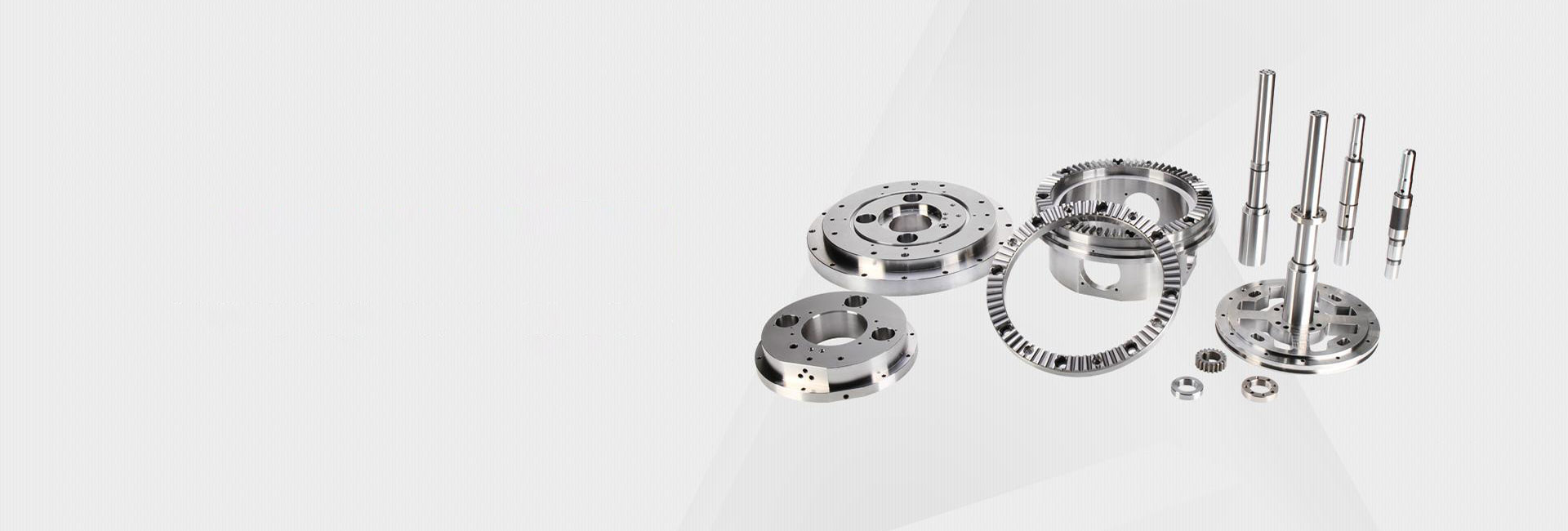How Accurate Can CNC Machining Be? A Practical Guide for Buyers
Ever received a batch of parts that just… didn't fit? 🤔 That sinking feeling when your project is held up because the components are a hair off-spec. If you're a procurement manager or an engineer, you know that precision isn't just a nice-to-have; it's the bedrock of a functional product. So, when you're sourcing CNC high-precision parts, the burning question is: just how accurate can this process really get? Let's cut through the marketing fluff and talk real numbers and practical realities.
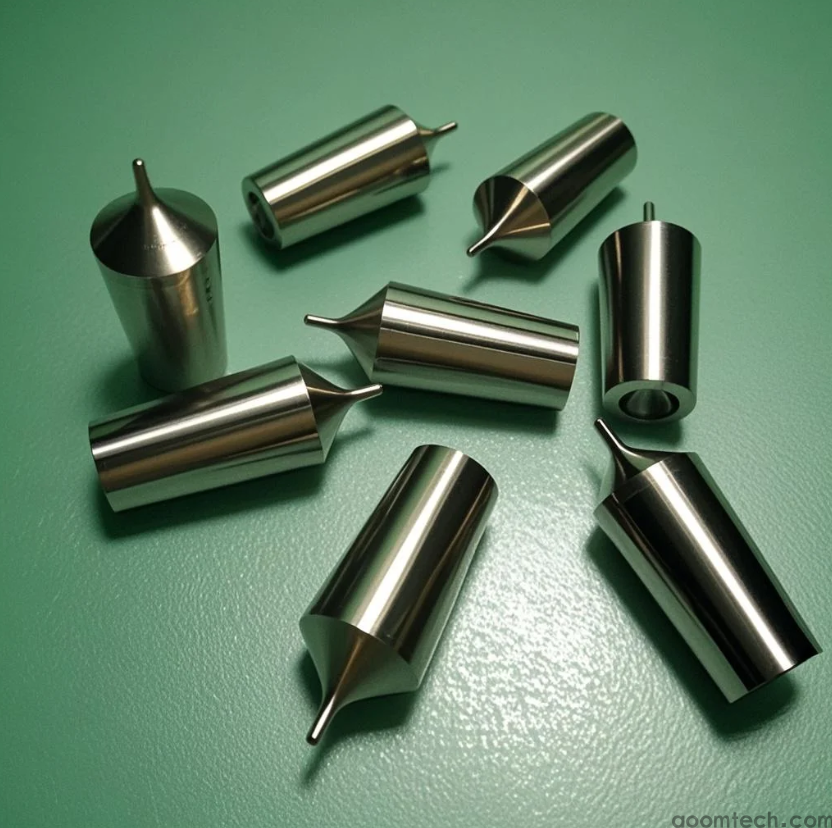
What Does "Accuracy" Even Mean in CNC Machining?
First off, it's easy to get tangled up in terms. People often use "accuracy" and "precision" like they're the same thing, but there's a key difference. Think of it this way: Accuracy is about hitting the bullseye. If you aim for a dimension of 25.000 mm, an accurate machine will get you very close to that. Precision, on the other hand, is about doing it consistently. If you shoot ten arrows and they all land in the same spot—even if it's not the bullseye—that's precision. For CNC high-precision parts, we need both. We need to hit the target dimension and do it over and over, part after part.
So, What Are the Real-World Tolerances We Can Expect?
Alright, let's get to the heart of it. For most standard CNC machining services, a common tolerance to expect is around ±.005 inches or ±.125 millimeters. That's pretty good for a vast majority of applications. But when we talk about high-precision CNC work, things get tighter. It's not uncommon to achieve tolerances of ±.0005 inches (±.0127 mm) or even tighter under controlled conditions.
However, it's super important to know that this isn't a magic number. The actual achievable tolerance depends heavily on a bunch of factors. The type of material, the size of the part, the specific feature being machined, and even the temperature in the workshop can play a role. So, while those ultra-tight numbers are possible, they might not be possible for your specific part geometry.
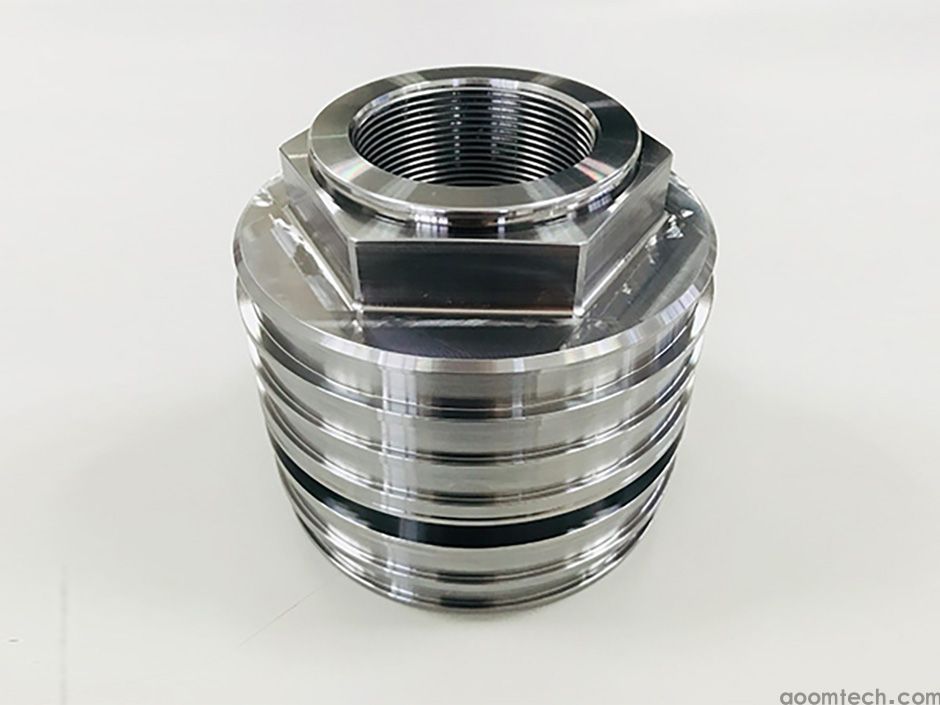
What Factors Mess With Your CNC Accuracy?
You can't just order a part and hope for the best. Knowing what influences accuracy helps you have a smarter conversation with your supplier. Here are the big ones:
- 🛠️ The Machine Itself: An older, worn-out machine will naturally have more play and vibration than a well-maintained, modern one.
- 🌡️ Thermal Expansion: This is a huge one that's often overlooked. Metal expands when it gets hot. The heat from the cutting process itself can cause the part to grow, throwing dimensions off. Good shops have climate control and even use coolant to manage this.
- 📐 Tooling and Fixturing: A dull cutting tool or a part that isn't clamped down securely will definitely hurt your precision. It seems basic, but it's where many errors start.
But, and this is a big one, the specific mechanism of how much each factor contributes for a given material can be a complex puzzle that even experts debate. The exact interplay between tool path, spindle speed, and material hardness sometimes feels more like an art than a science.
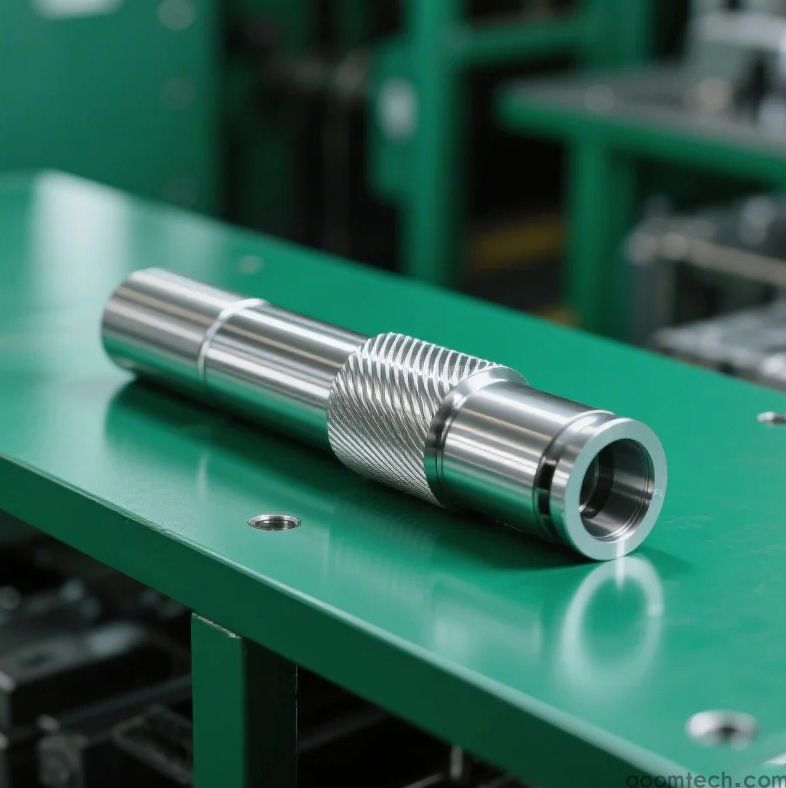
How Can You, as a Buyer, Ensure You Get Accurate Parts?
This is the part that really matters, right? It's not just about knowing the numbers; it's about getting good parts on your receiving dock. Here’s what you can do:
- 💬 Communicate Clearly (and Early!): Don't just put a tolerance on every single dimension on your drawing. That drives cost up. Identify the critical features that must be ultra-precise and call those out specifically. For non-critical areas, let them use a standard tolerance.
- 🤝 Choose the Right Partner: Look for a machine shop that talks to you about these factors. If they ask about the part's function and discuss potential challenges, that's a great sign. If they just say "yes, we can do anything," be cautious.
- 📄 Ask About Their Process: Inquire about their quality control. Do they use first-article inspection? Do they have CMMs (Coordinate Measuring Machines) to verify complex parts? Their answers will tell you a lot.
From my own experience, I've found that the shops that are most transparent about the challenges of holding a tight tolerance are often the ones most capable of delivering on it. They're the ones thinking about the problem, not just running the machine.
Is Tighter Always Better? A Final Thought
It's tempting to specify the tightest tolerance possible, thinking it guarantees a better part. But here's the insider take: unnecessarily tight tolerances can be a trap. They skyrocket your costs, increase production time, and can even lead to more scrap if the process isn't perfectly stable. The real goal is to define the widest acceptable tolerance that still allows your product to function flawlessly. This balance is the key to cost-effective and reliable high-precision part sourcing. Achieving that perfect balance between cost and performance, now that's the real art of manufacturing.
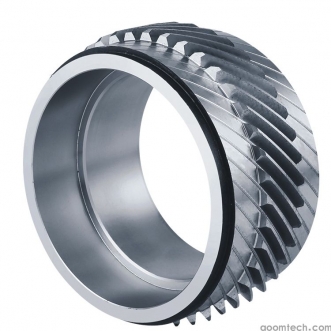 How Much Does CNC Anti-Slip To
How Much Does CNC Anti-Slip To
 How to Choose Reliable CNC Fla
How to Choose Reliable CNC Fla
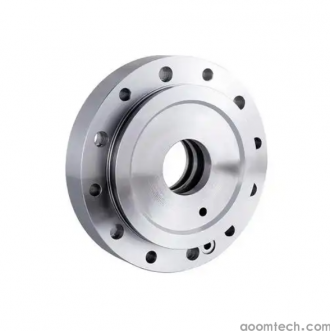 Precision CNC Aluminum Parts C
Precision CNC Aluminum Parts C
 Precision CNC Machining Manufa
Precision CNC Machining Manufa


